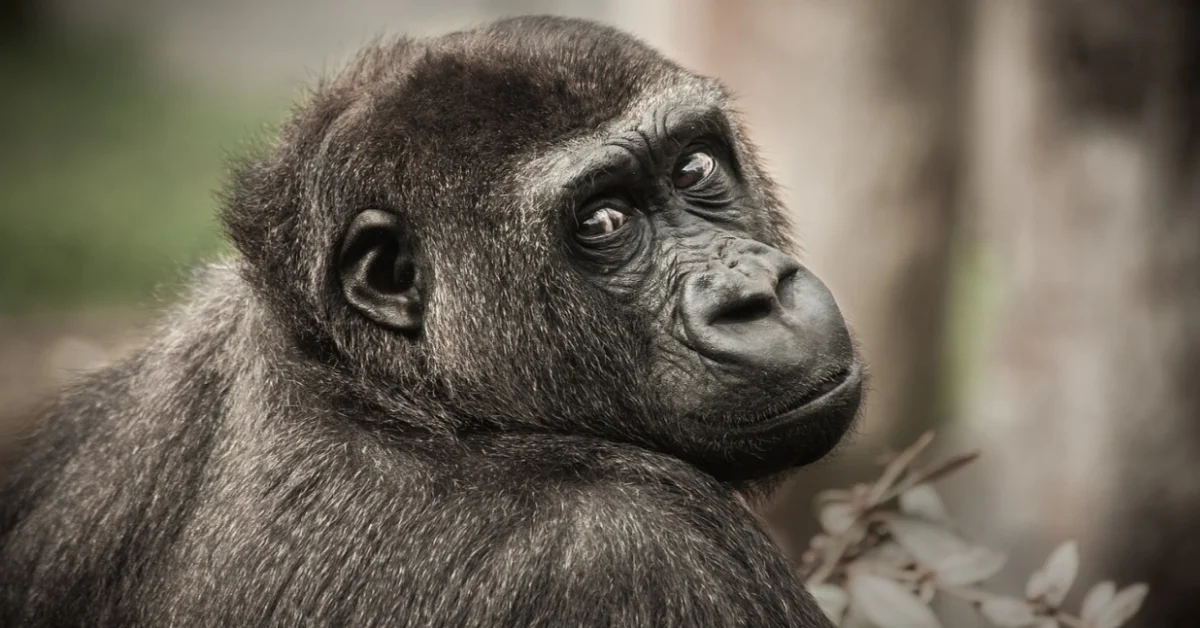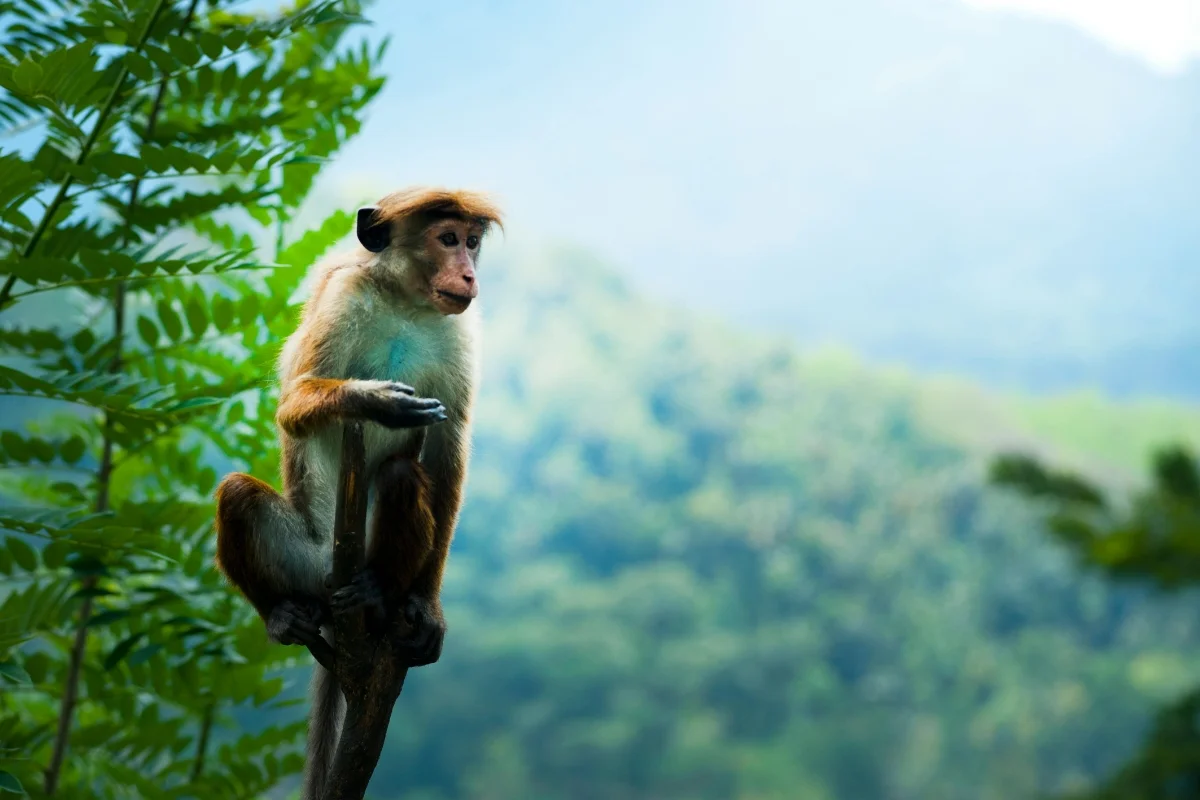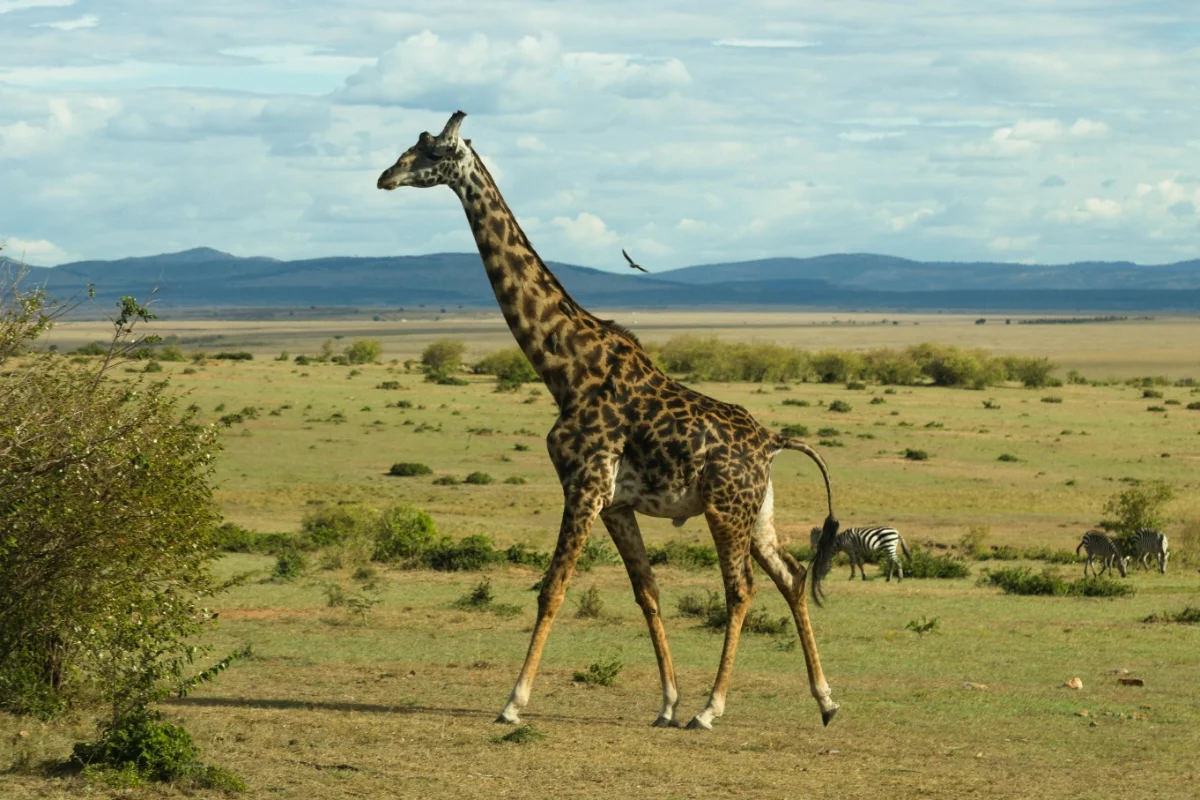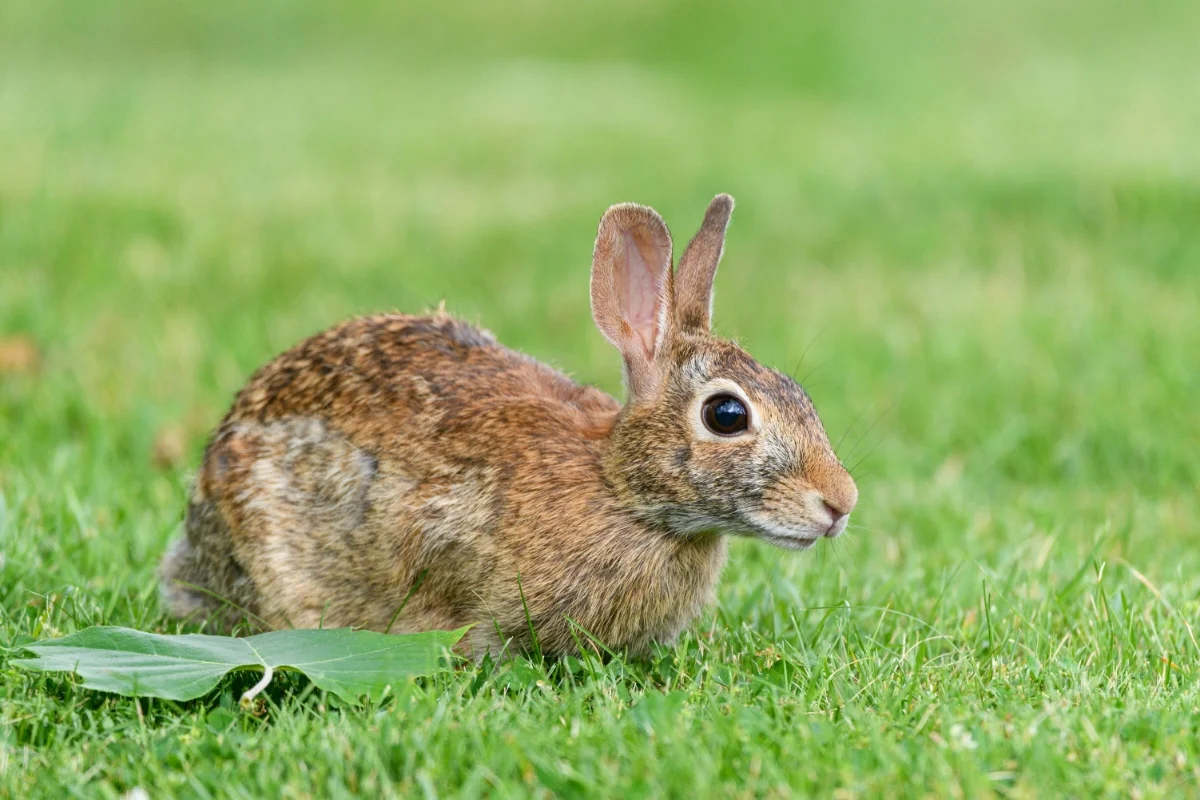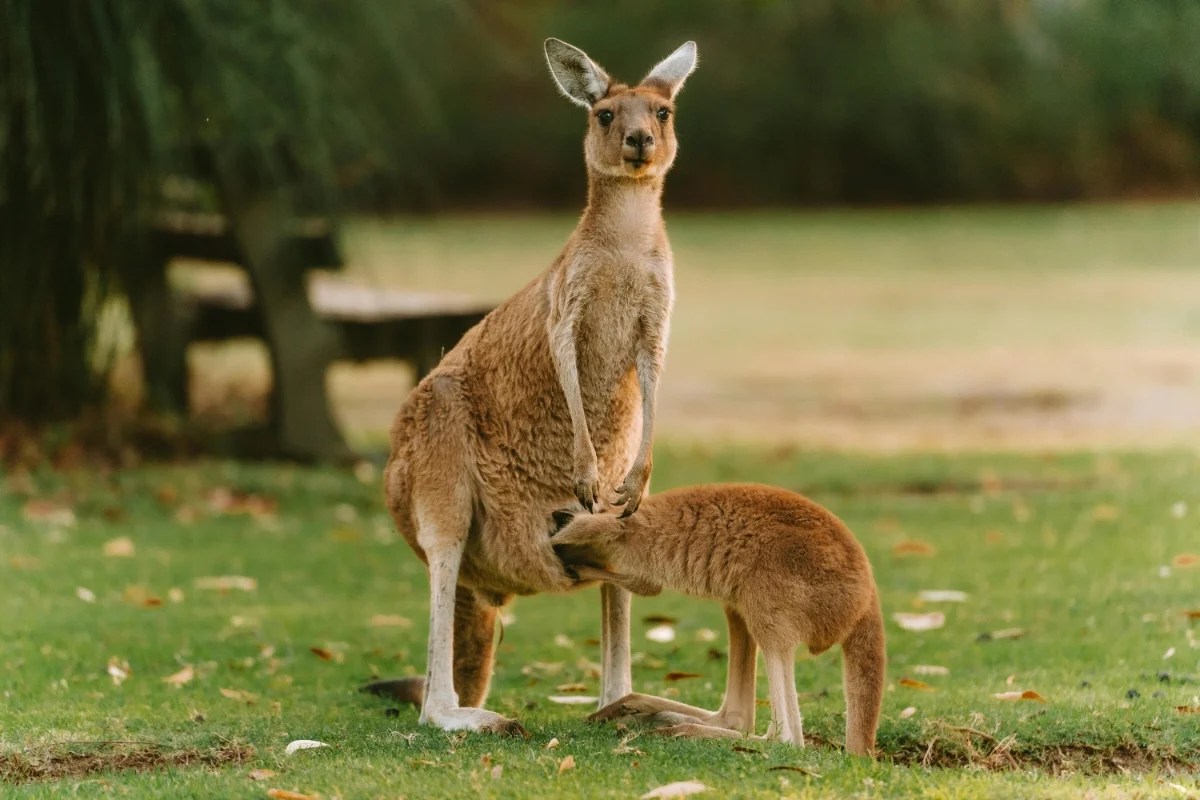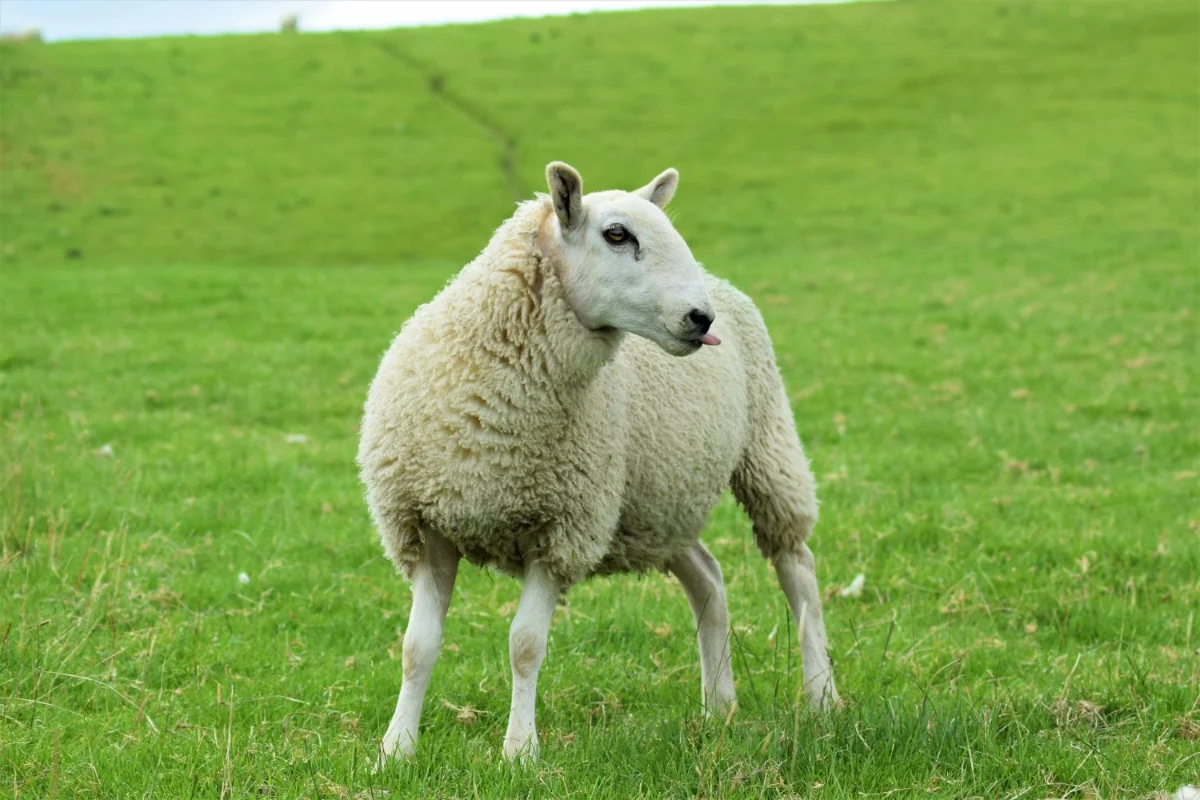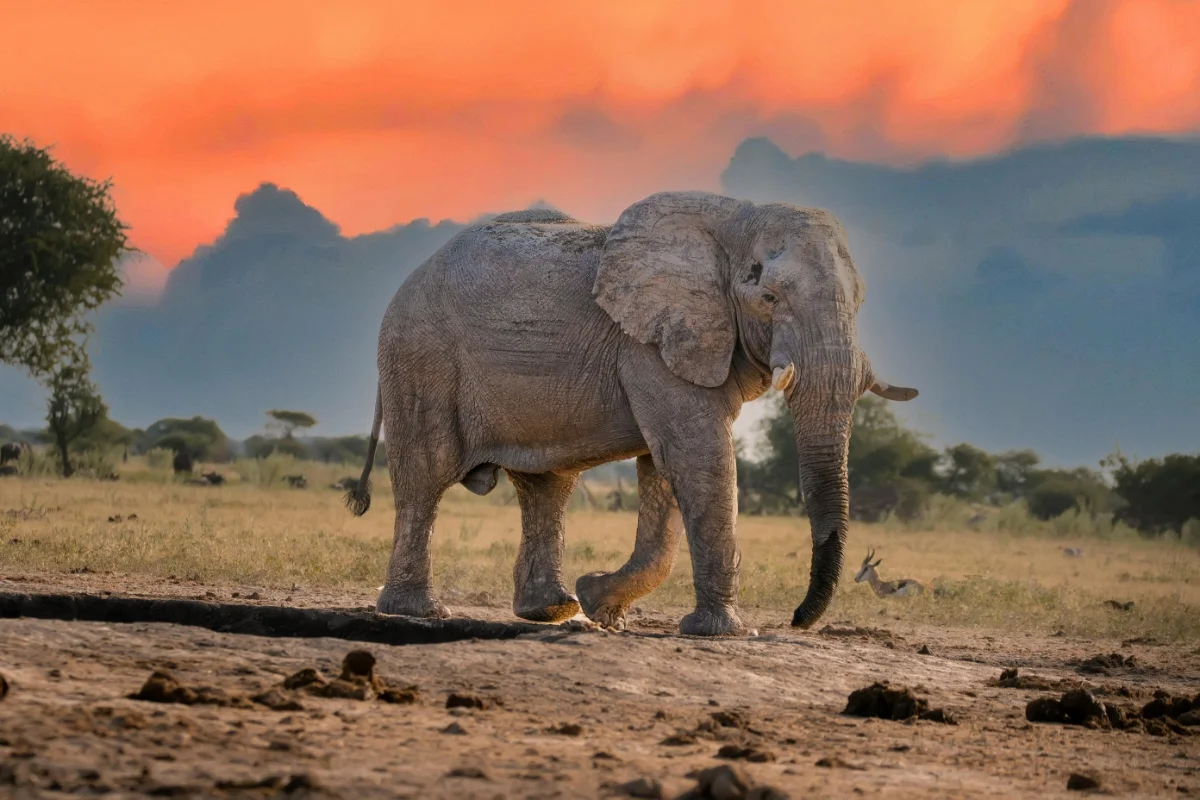Gorilla
Life Span
35–50 years
Top speed
25 mph
Size
4.5–6 ft
Weight
150–400 lbs
Gorillas are the largest living primates, known for their intelligence and close genetic relationship to humans. They live in the forests of Central Africa. There are two species—western and eastern gorillas. These peaceful animals live in family groups led by a dominant male called a silverback.
Gorilla Facts Overview
| Size: | 4.5–6 ft |
| Weight: | 150–400 lbs |
| Top Speed: | 25 mph |
| Food: | Plants, fruit, bark, insects |
| Color: | Black, brown, silver (males) |
| Location: | Central Africa |
| Predators: | Leopards, humans |
| Lifespan: | 35–50 years |
| Habitat: | Forests, swamps |
| Gestation: | 8.5 months |
Description
Gorillas have muscular bodies, broad chests, and long arms. Males are much larger than females, with silverbacks weighing up to 400 pounds. Their hair is black or brown, and adult males develop a silver stripe. They have strong jaws, large nostrils, and a distinctive crest on their heads.
Life Cycle
Gorillas are born small and dependent on their mothers. Infants nurse for about three years. By age four, they become independent but remain close to their group. Gorillas reach maturity at 8–12 years. Males form their own groups or challenge silverbacks for dominance.
Characteristics
Gorillas are highly social, living in groups of 5 to 30 individuals. They have opposable thumbs, enabling them to use tools. Gentle and shy, they only become aggressive when threatened. Their strong limbs and sharp senses help them survive in the dense forests they inhabit.
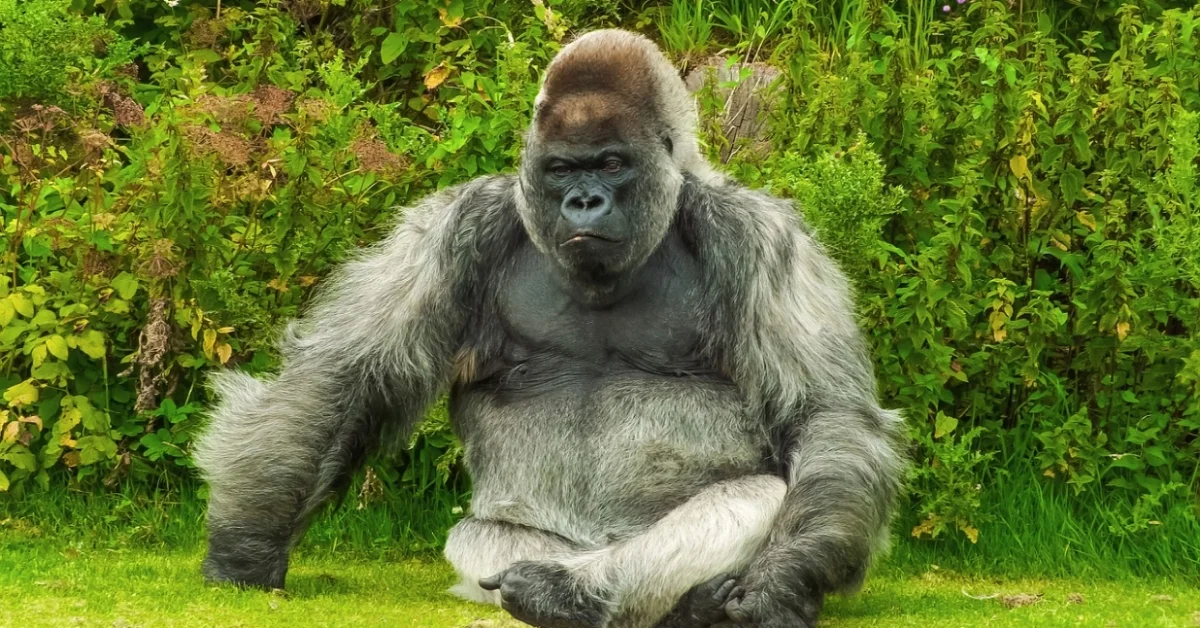
Care
In captivity, gorillas need specialized care, including a diet of fresh fruits, vegetables, and leafy greens. Enclosures must replicate natural environments with space to climb and play. Zookeepers monitor their health closely, focusing on mental stimulation and social interactions to ensure well-being.
Lifespan
In the wild, gorillas live 35–40 years. In captivity, with better protection from predators and disease, they can live up to 50 years. Their lifespan depends on their habitat’s conditions, health, and diet. Human threats like poaching and habitat loss significantly affect their survival.
Predators
Gorillas have few natural predators. Leopards occasionally hunt young or solitary gorillas. However, the greatest threat is humans—through habitat destruction, poaching, and diseases transmitted by human contact. Conservation efforts focus on protecting gorilla habitats and reducing human-related dangers.
Habitat
Gorillas live in dense forests, swamps, and mountain regions of Central Africa. Their habitat ranges from lowland tropical forests to high-altitude montane forests. They build nests from leaves and branches for sleeping at night, often high in trees or on the ground.
Distribution
Gorillas are found in Central African countries, including Uganda, Rwanda, Congo, Cameroon, and Gabon. The two species have distinct ranges—western gorillas inhabit lowland forests, while eastern gorillas live in mountain forests and the lowlands of eastern Congo.
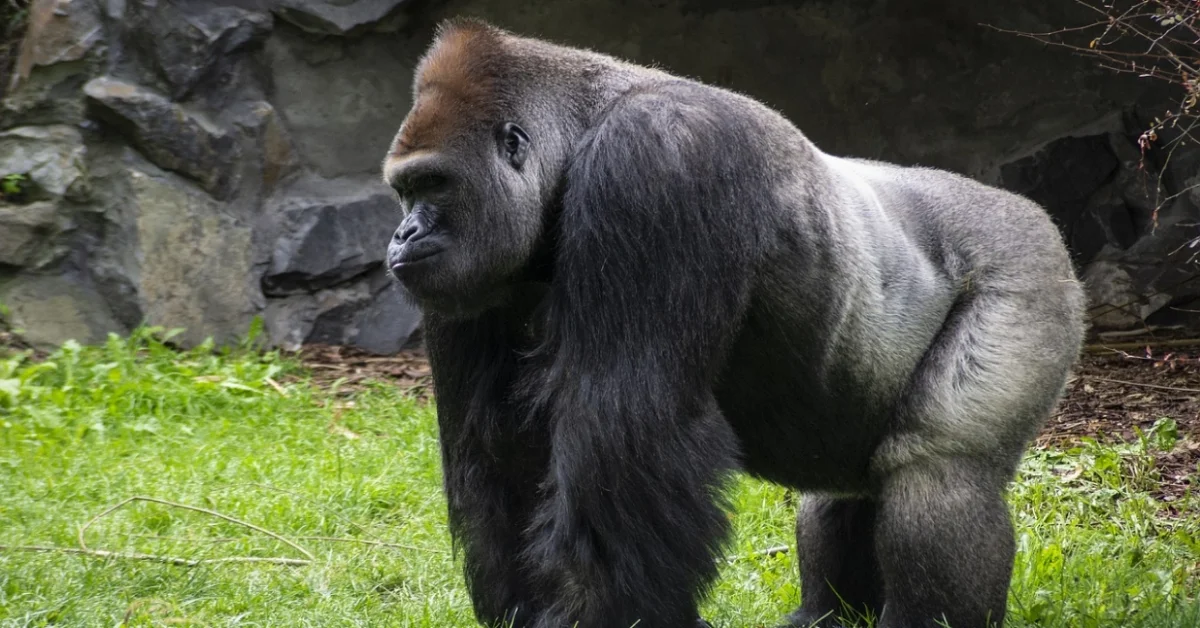
Diet
Gorillas are primarily herbivores, eating fruits, leaves, stems, and bark. Occasionally, they consume small insects. Their diet varies by location and season. Western gorillas eat more fruit, while mountain gorillas rely on fibrous plants due to limited fruit availability in higher altitudes.
Behavior
Gorillas are gentle and social, living in family groups led by a silverback. They spend most of their time feeding, resting, and grooming each other. Communication is key—using vocalizations, body language, and facial expressions to maintain harmony and warn of threats.
Reproduction
Female gorillas give birth every four to six years. The gestation period is 8.5 months. Mothers are highly protective, caring for their infants for the first few years. Infants cling to their mother’s back until they can walk. Only dominant males reproduce regularly.
Gorilla Scientific Classification
| Kingdom: | Animalia |
| Phylum: | Chordata |
| Class: | Mammalia |
| Order: | Primates |
| Family: | Hominidae |
| Genus: | Gorilla |
Animals for You
References
1. Gorilla Wikipedia Article – https://en.wikipedia.org/wiki/Gorilla

